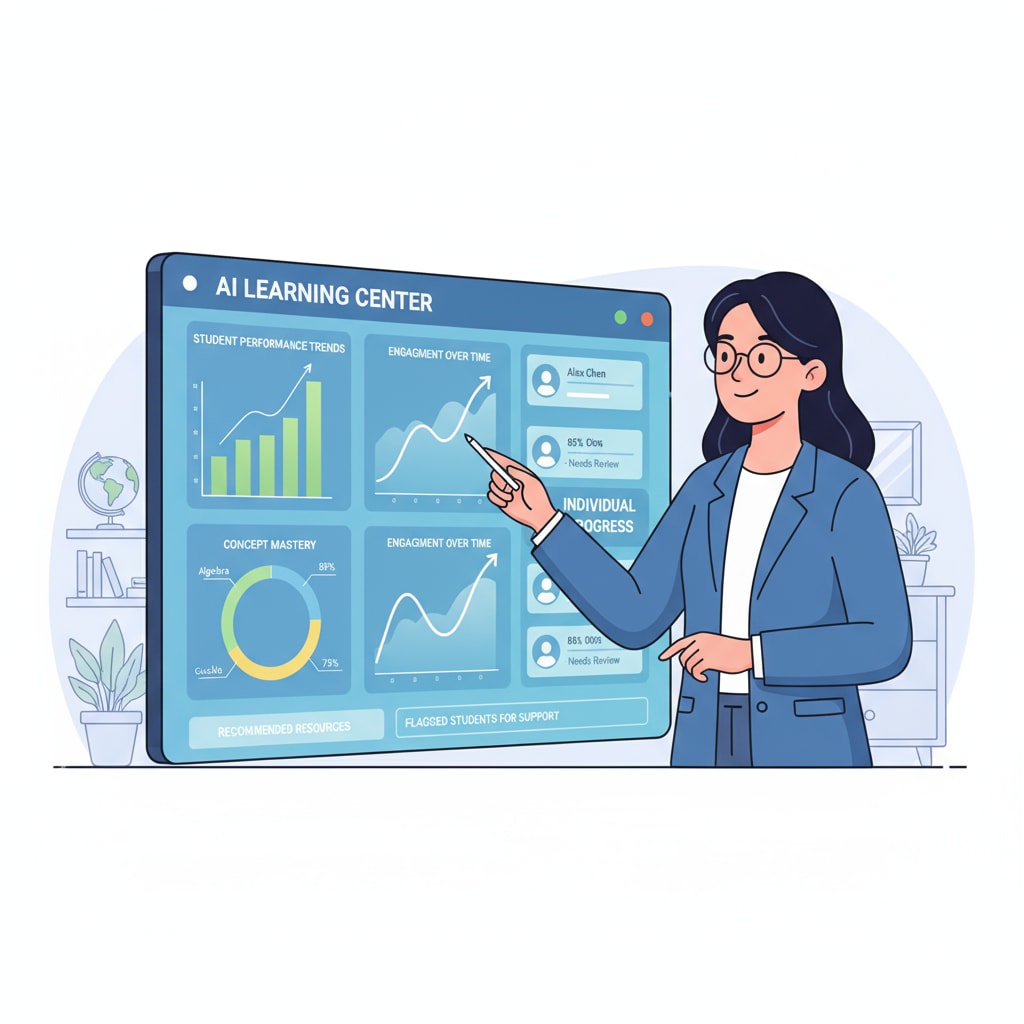The AI Learning Center, a revolutionary concept in education, is bringing about a significant transformation in the way student data is managed and utilized, ultimately enhancing student mastery. Data integration from multiple platforms lies at the heart of this innovation, providing educators with a comprehensive view of students’ learning progress. This article delves into how this center simplifies teachers’ work while improving educational outcomes.

The Need for Data Integration in K12 Education
In today’s digital age, students interact with various educational platforms, each generating valuable data. However, this data often exists in silos, making it challenging for teachers to access and analyze comprehensively. For example, a student’s performance in an online math course may not be easily correlated with their progress in a classroom-based language arts program. Data integration addresses this issue by aggregating information from different sources, such as learning management systems, assessment tools, and educational apps. As a result, teachers can gain a more accurate understanding of each student’s strengths and weaknesses, enabling them to tailor instruction more effectively. How Data Integration Can Unlock Personalized Learning in K-12 on Edsurge
How the AI Learning Center Facilitates Data Integration
The AI Learning Center serves as a central hub for data integration. It uses advanced algorithms to collect, clean, and analyze data from multiple platforms. This process not only saves teachers time but also provides actionable insights. For instance, it can identify patterns in a student’s learning behavior, such as frequent struggles with a particular topic or improved performance after a specific intervention. By integrating data in real-time, the center ensures that teachers have the most up-to-date information to make informed decisions. Additionally, it can generate detailed reports on student mastery, highlighting areas where students need additional support. Data Integration in Education on ISTE

Furthermore, the AI Learning Center can adapt to different data formats and structures, making it compatible with a wide range of educational tools. This flexibility allows schools to continue using their preferred platforms while still benefiting from the integrated data analysis provided by the center. In addition, the center’s user-friendly interface makes it easy for teachers to access and interpret the data, even if they have limited technical expertise.
In conclusion, the AI Learning Center represents a significant step forward in K12 education. By integrating multi-platform student data, it simplifies teachers’ work and enhances student mastery. As technology continues to evolve, this innovative approach to data management will likely play an even more crucial role in shaping the future of education.
Readability guidance: The article uses short paragraphs and lists to summarize key points. Each H2 section provides relevant details. Passive voice and long sentences are kept to a minimum, and transition words are used throughout to enhance flow.


